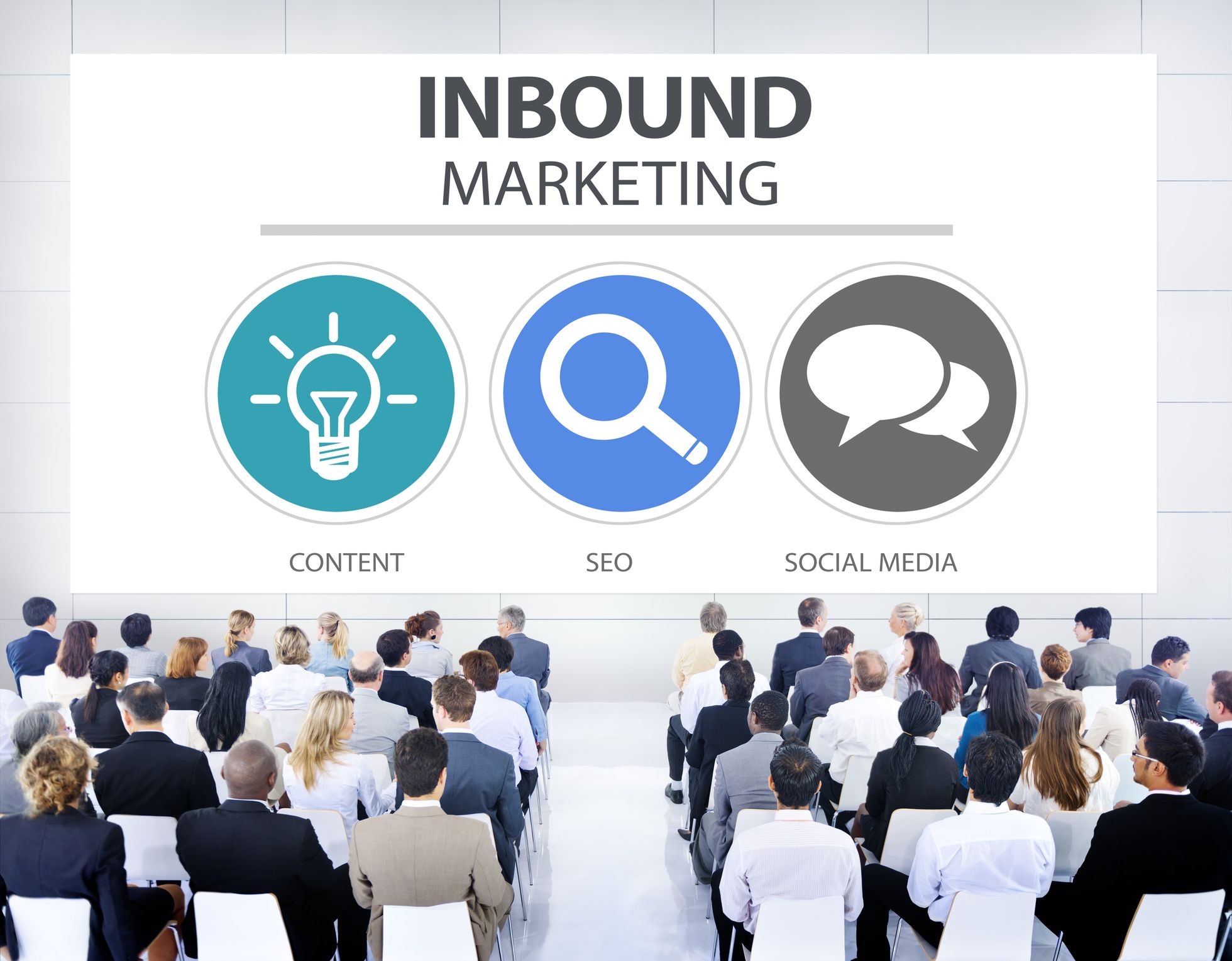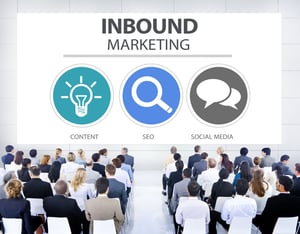
Your Old Marketing Methods Don’t Work Anymore. Here’s What to Do
 Traditional marketing is becoming less and less relevant in today’s digital world. With the rise of the internet, everything has changed. Modern technology has rendered old-school strategies like billboards and TV and radio ads largely ineffective.
Traditional marketing is becoming less and less relevant in today’s digital world. With the rise of the internet, everything has changed. Modern technology has rendered old-school strategies like billboards and TV and radio ads largely ineffective.
Enter inbound marketing. This methodology caters to today’s customers who are in control of the buying cycle. Consumers don’t want to be sold to anymore. When making purchasing decisions, they do their own research online.
Rather than intruding on people’s lives, inbound marketing works by attracting prospects online via meaningful and relevant content.
But with the abundance of information available online, how can you stand out and attract the right prospects?
Create Relevant Content
Content is king. When comparing products or services, consumers search for information online. Effective content marketing helps you educate your prospects, solve their problems, and earn their trust. If you don’t help your prospects solve their problems, your competitors will.
Of course, you want to attract people who actually want to buy from your company. The first step to inbound marketing is knowing your buyer personas. Only then can you create the type of content your prospects will want to consume.
By creating high-quality content that appeals to your target customers, you’ll attract quality leads and build your business. There are many types of content you can use to attract prospects at different stages of the buyer’s journey including blogs, e-books, videos, infographics, webinars, and more.
Market to Human Beings
Blogging is an essential part of your content strategy to reach your target audience. A strong SEO strategy and social media presence are also crucial to promote your content and help people find your business. But is that all?
Not quite.
People-based marketing is the future. Rather than just focusing on search engines, it’s important to take a people-centric approach to inbound marketing. Find out who’s coming to your site, who’s talking about you, and what exactly they’re looking for. Tailor your content to your prospects to keep them engaged and make it clear how your company can solve their problems.
Measure Your Efforts
One of the reasons inbound marketing makes sense is because it allows you to measure your efforts. With traditional marketing, there’s no way of knowing who’s seeing your advertisements and how they’re interacting with them. Even if consumers see your TV ad, how do you know if they actually paid attention? How will you know if it had any impact on your sales?
With inbound marketing, however, you can find out what’s working and what’s not. You can analyze your website visits and see what people are clicking on and downloading. By collecting data and studying patterns and trends, you can see what areas you need to improve and discover how to refine your marketing campaigns.
Some of the most important inbound marketing metrics to measure include:
- Conversion rates
- Time on site and bounce rates
- Engagement (content shared)
- Customer acquisition cost
- ROI
The buying landscape has changed. Your company needs to come to terms with the fact your old marketing methods don’t work anymore. Inbound marketing is a no-brainer in today’s internet era. It helps you find quality leads, close more sales, and boost revenue.

CEO and Chief Revenue Scientist
Mike Lieberman, CEO and Chief Revenue Scientist
Eliminate Hit-or-Miss Marketing Moves
Get advice, tips, tools and guidance to generate more leads for your company in this weekly email newsletter.



Eliminate Hit-or-Miss Marketing Moves
Get advice, tips, tools and guidance to generate more leads for your company in this weekly email newsletter.













